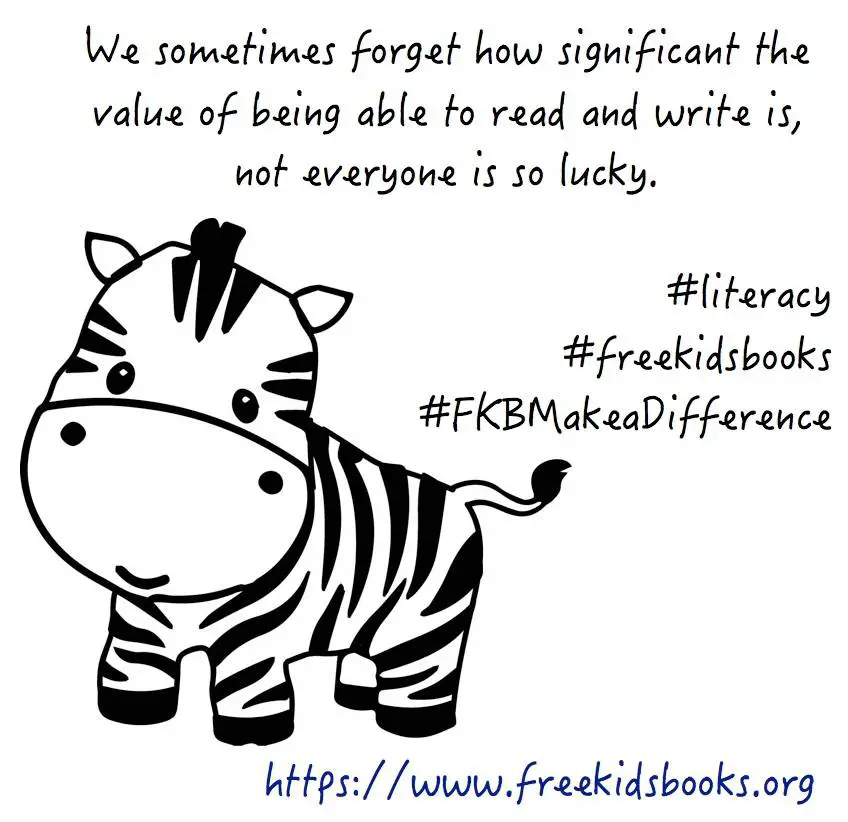 When my daughter was in the 4th grade, she wrote and illustrated an original book, titled, The New World. It was a school assignment, and the teacher had hardbound copies made of each book. It is one of the treasures that she has kept until this day, as she completes her Masters in Communications. The book was simple but with a wonderful message. Her “new world” was one where everyone lived in peace and harmony.
When my daughter was in the 4th grade, she wrote and illustrated an original book, titled, The New World. It was a school assignment, and the teacher had hardbound copies made of each book. It is one of the treasures that she has kept until this day, as she completes her Masters in Communications. The book was simple but with a wonderful message. Her “new world” was one where everyone lived in peace and harmony.
The point is this: Children do have stories in their heads, whether their messages are funny, serious, educational, or inspirational. The goal for parents and teachers is to encourage kids to commit their stories to writing, no matter how awkward they may be. It is a beginning. And if a toddler cannot yet write, then he can dictate his story to an adult.
So how do we encourage our kids to write the stories that reside within them? Here are some tips to do just that.
- Begin Verbally
Provide a young child with a favorite toy. Ask them to make up a story about that toy if it came to life. What would it want? What would it have to say? What adventure would it like to have? These types of prompts can stimulate the imagination and a rather grand story for a young one. Offer to write it down on several pages and then ask the little one to illustrate his book. Staple it together and have him put it in a safe place to keep.
The goal is to make writing both meaningful and fun for young children, so they come to enjoy the activity at a young age. Make giving story prompts a regular activity, and soon they may begin to craft their own without such prompts.
- When Children Begin to Write on Their Own
Many kids find writing to be a laborious task. It becomes less laborious if the subject of their writing is motivational and/or they can use keyboards. Remember, the goal is not for them to practice their handwriting – the goal is to get them to create exciting and entertaining tales.
Again, using prompts will help. Perhaps your child has a favorite TV character. How about he creates a new story featuring that character, first verbally and then in writing. If this is done on a keyboard, then leave spaces and print it out so there is plenty of room for illustrations. You may also want to help with some writing help, especially for older children. As
- Teach Your Child About the Structure of a Story
Children must learn that every story has a beginning, a middle, and an ending. Within each of those three parts are many other elements, of course – characters, setting, rising action to a climax, and then the resolution.
You can teach all of these elements in stages, and you should do so through examples.
- Read a story together. As you go through that story, point out the beginning and what it does – it introduces the characters and the setting, and some “problem” that has been presented.
- As you move through the story, point out how the characters interact as they work to find solutions to the issue at hand. Do they have different ideas? Do they disagree?
- How is the “problem” eventually resolved? Is everyone happy with the solution? And then, in most instances with books, the characters have learned something important and that is expressed.
You can provide the same type of learning experience with a favorite TV series – for young children that might be shows such as “Blue’s Clues,” “Dora the Explorer,” some “Charlie Brown” specials, or “Scooby Doo.” There are also free templates that can be used to aid story writing. As children get older, there are large numbers of superheroes movies – lengthier and more complex, of course, but with the same elements that all stories have.
- Steps in Motivating Kids to Write Their Own Stories
- Every story begins with an idea. It can be completely fictional, or it can be one about a real-life experience – something as simple as a trip to the dentist for a young child to a love relationship for an older one. It is the best if your child comes up with his own idea, for that will be far more motivating.
- Create one or more characters. There may be one or two major characters, but more complex stories will probably involve minor characters as well. These characters should be described both physically and mentally, along with the roles they will play in the story. The more detailed the descriptions the better.
- Craft the setting. Again, the settings may change as the characters move through the plot.
- Help your child develop a plot line. Ask questions – What is the problem or conflict that the main character has at the beginning of the story? How are the other characters involved in this problem? What solutions do they consider? What events might occur that help or hinder what the character is trying to do to solve the problem or conflict? These should all be listed in sequential order.
- The Climax. At some point, something happens that changes everything. The main character discovers something that will solve the problem. Maybe a new character enters the story who has the solution (remember the frog that turned into a prince when the heroine kissed him or the shoe that fit Cinderella, or a superhero who has his power restored?). Sometimes, this is called the turning point of the tale. The point is, the problem or conflict is somehow solved, and things turn out well for the main character and his or her friends.
- The Resolution. Things have to come to an end. Ask your child how the climax actually solved the problem. Was there a lesson learned based upon this story? How might that lesson influence how the characters behave in the future? Was there something the characters achieved that will influence their behavior in the future?
Once the details are all established, your child is ready to write his/her story. At this point, a parent or teacher should guide the writing process. And, as the child writes, new ideas may pop up that will enhance the tale. There are a lot of nuances for such things as introducing characters and giving the reader good insights into their personalities and goals. Presenting the conflict/problem and going through the plot should be written in a way that engages and keeps the interest of the reader as well.
Obviously, a child’s first story will be imperfect, but it should receive great praise. There may also be some spelling and literacy workbooks that you can supply that will help them edit their own work. As Julie McKenzie, editor for a number of writing services states, “when students can use an essay writing tool, they can see how topics are developed, even narratives.
And, if a parent or teacher is able to make it an enjoyable experience, that child will be far more motivated to write many more. As your child becomes more expert in writing stories, he may even want to submit them to sites for publication. What a motivator to actually have a piece seen in print!
Author Bio: Dorian Martin is a writer and editor for a number of venues, including Get Good Grade, an online writing assistance service for students of all ages. He especially enjoys helping students write their narrative assignments. In his spare time, he is an amateur musician and active in climate change efforts.












Thanks a lot for this awesome article! Writing for children can be interesting, as well as difficult, but it will obviously be useful for them. As for me, I’m not very good at writing, when I need it, I usually turn to experts for help. The site https://bestwritersonline.com/ helps me choose the best option for me, as their reviews on writing services are always true and fresh.